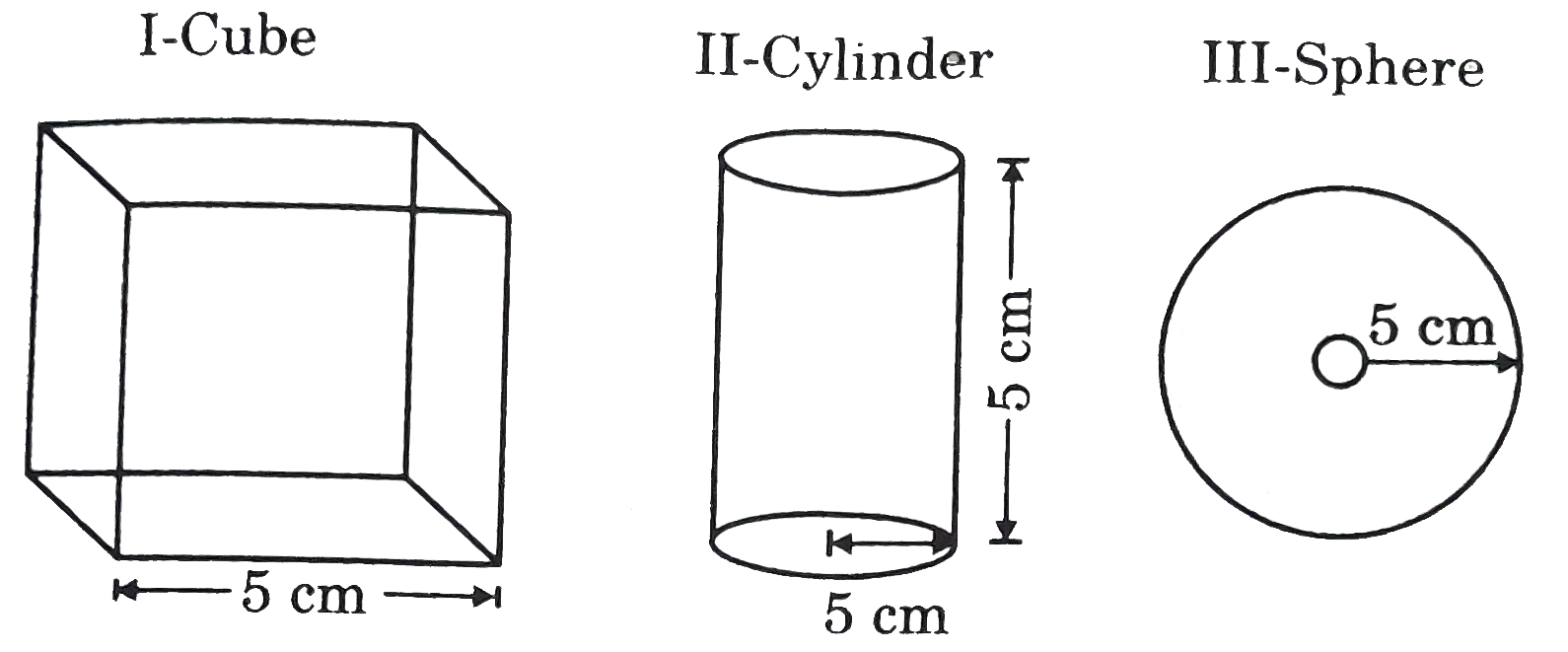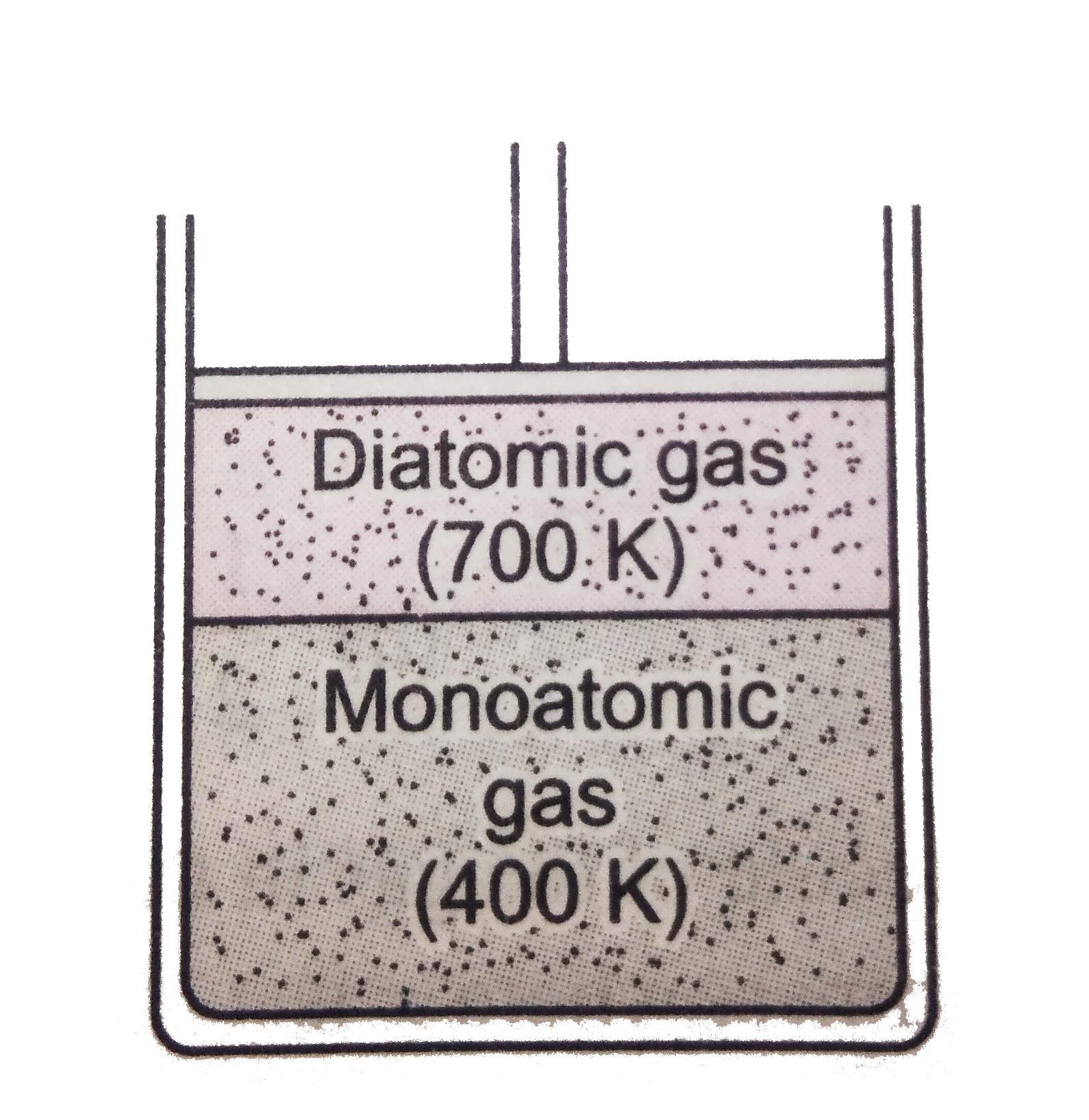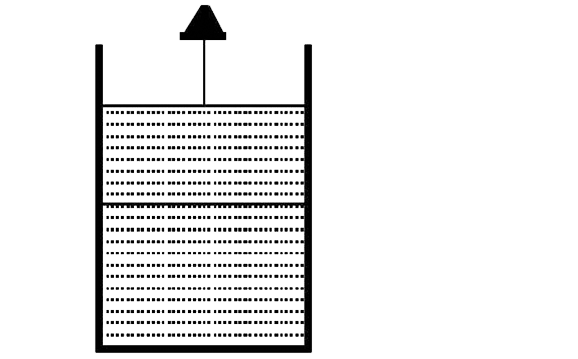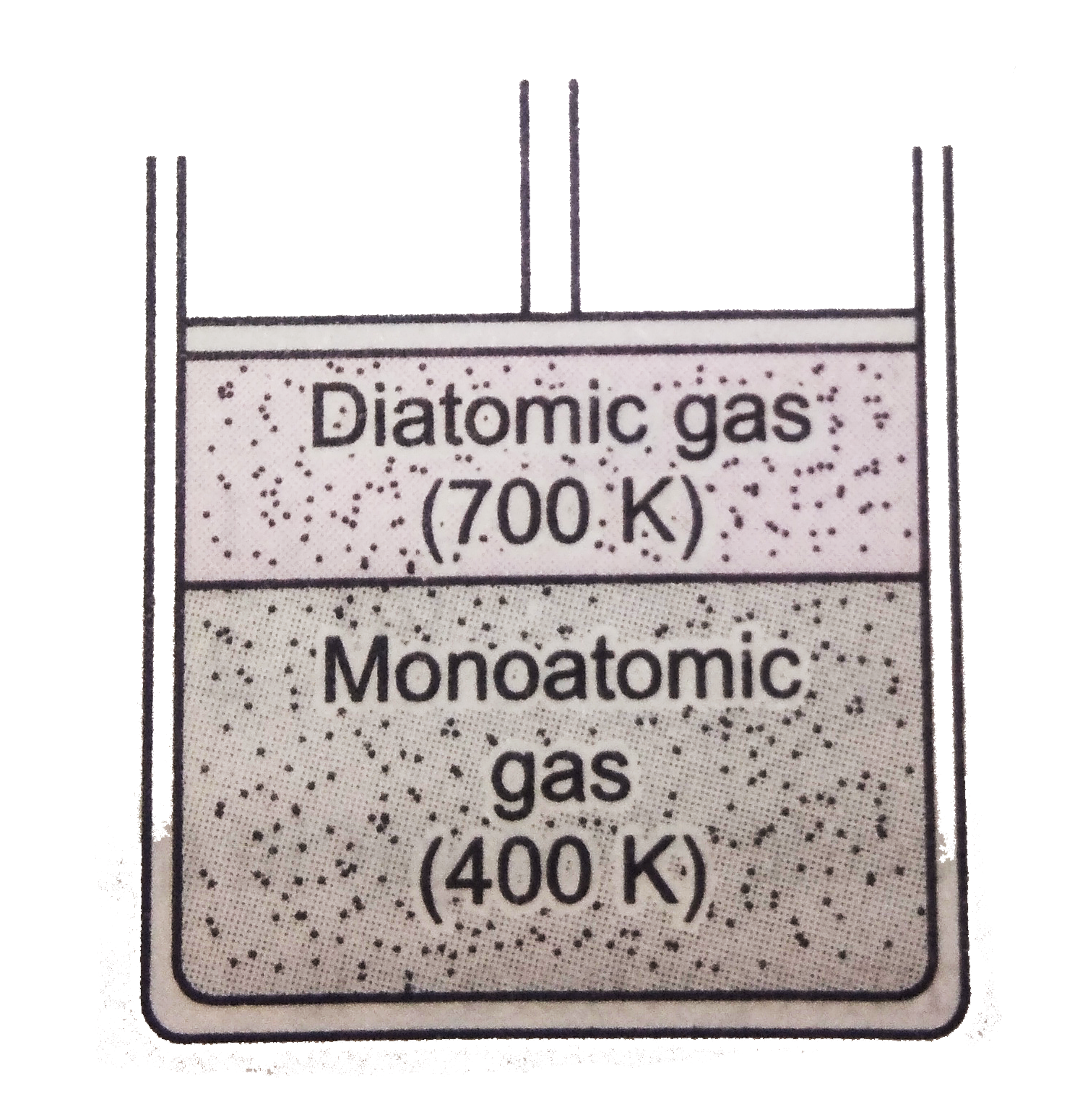Consider a gas enclosed in a container. If two divide the container into three equal parts partition, then which of each of the following properties of gas will have the same value is each of the compartment?
Internal energy
Enthalpy
volume
Temperature
The correct Answer is:D
Temperature is an intensive proterty, thus, its magnitude is independent of the quantitly of size of matter. Internal energy, enthaply and volume are extensive properties and, hence, their magnitudes depends on the quantity or size of matter.
Topper's Solved these Questions
- BOOK - R SHARMACHAPTER - THERMODYNAMICSEXERCISE - Follow - up Test 410videos
THERMODYNAMICS
- BOOK - R SHARMACHAPTER - THERMODYNAMICSEXERCISE - Follow - up Test 511videos
THERMODYNAMICS
- BOOK - R SHARMACHAPTER - THERMODYNAMICSEXERCISE - Follow-up Test 214videos
THERMODYNAMICS
- BOOK - R SHARMACHAPTER - THE S BLOCK ELEMENTSEXERCISE - ARCHIVES27videos
THE S BLOCK ELEMENTS
Similar Questions
Consider an ideal gas contained in a vessel If the intermolecular interaction suddenly begins to act which of the following will happen ?.
View Solution
There are three closed containers in which equal moles of gas is filled if the containers are placed at the same temperature, then which of the following is correct?View Solution
Knowledge Check
- Question 1 - Select One
A gas is enclosed in a container which is then placed on a fast moving train .The temperature of the gas
ArisesBfallsCremain unchangedDbecomes unsteady - Question 2 - Select One
A gas is enclosed in a container which is then placed on a fast moving train. The temprature of the gas
ArisesBfallsCremains unchangedDbecomes unsteady - Question 3 - Select One
The two ends of a long cylinder containing gas are maintained at different temperatures. Which of the following quantites will have the same value throughout the cylinder?
APressureBDensityCThe ratio of pressure to densityDthe number of molecules per unit volume
A gas in container A is in thermal equilibrium with another gas in container B. Both contain equal masses of the two gases. Which of the following can be true ?
View SolutionWhich of the following gases will have least volume if 10g of each gas is taken at same temperature and pressure?
View SolutionIn Fig., a container is shown to have a movable (without friction) piston on top. The container and the piston are all made of perfectly insulating material allowing no heat transfer between outside and inside the container. The container is divided into two compartments by a rigid partition made of a thermally conducting material that allows slow transfer of heat. the lower compartment of the container is filled with 2 moles of an ideal monoatomic gas at 700 K and the upper compartment is filled with 2 moles of an ideal diatomic gas at 400 K. the heat capacities per mole of an ideal monoatomic gas are Cυ=32RandCP=52R, and those for an ideal diatomic gas are Cυe=52RandCP=72R.
Now consider the partition to be free to move without friction so that the pressure of gases in both compartments is the same. the total work done by the gases till the time they achieve equilibrium will be
 View Solution
View SolutionIn the figure, a container is shown to have a movable (without friction) piston on top. The container and the piston are all made of perfectly insulated material allowing no heat transfer between outside and inside the container. The container is divided into two compartments by a rigid partition made of a thermally conducting material that allows slow transfer of heat. The lower compartment of the container is filled with 2 moles of an ideal monatomic gas at 700K and the upper compartment is filled with 2 moles of an ideal diatmoic gas at 400K. The heat capacities per mole of an ideal monatomic gas are CV=32R,CP=52R, and those for an ideal diatomic gas are CV=52R,CP=72R,

Now consider the partition to be free to move without friction so that the pressure of gasses in both compartments is the same. The total work done by the gases till the time they achives equilibrium will beView SolutionIn Fig., a container is shown to have a movable (without friction) piston on top. The container and the piston are all made of perfectly insulating material allowing no heat transfer between outside and inside the container. The container is divided into two compartments by a rigid partition made of a thermally conducting material that allows slow transfer of heat. the lower compartment of the container is filled with 2 moles of an ideal monoatomic gas at 700 K and the upper compartment is filled with 2 moles of an ideal diatomic gas at 400 K. the heat capacities per mole of an ideal monoatomic gas are Cυ=32RandCP=52R, and those for an ideal diatomic gas are Cυe=52RandCP=72R.
Consider the partition to be rigidly fixed so that it does not move. when equilibrium is achieved, the final temperature of the gases will be
 View Solution
View Solution

